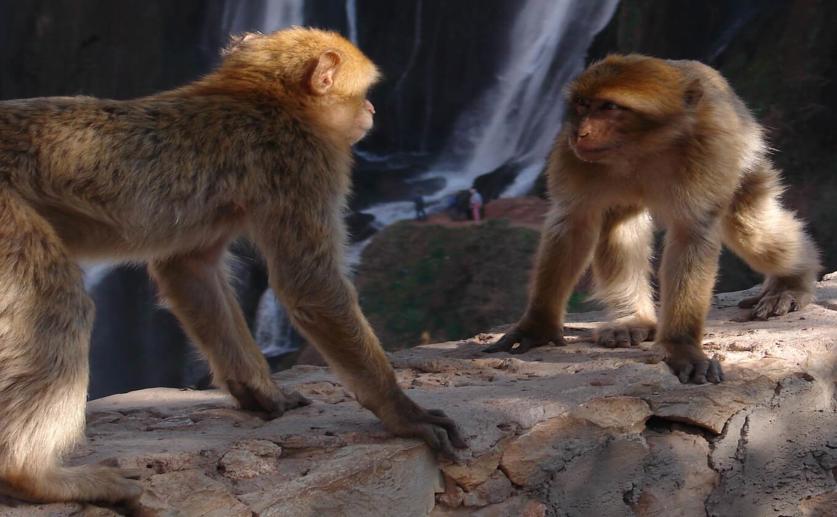
This archived news article is over 5 years old.
Researchers Calculate the Point at Which Conflict Leads to Major Societal Changes
David Jennings
10th February, 2017


David Jennings
10th February, 2017
